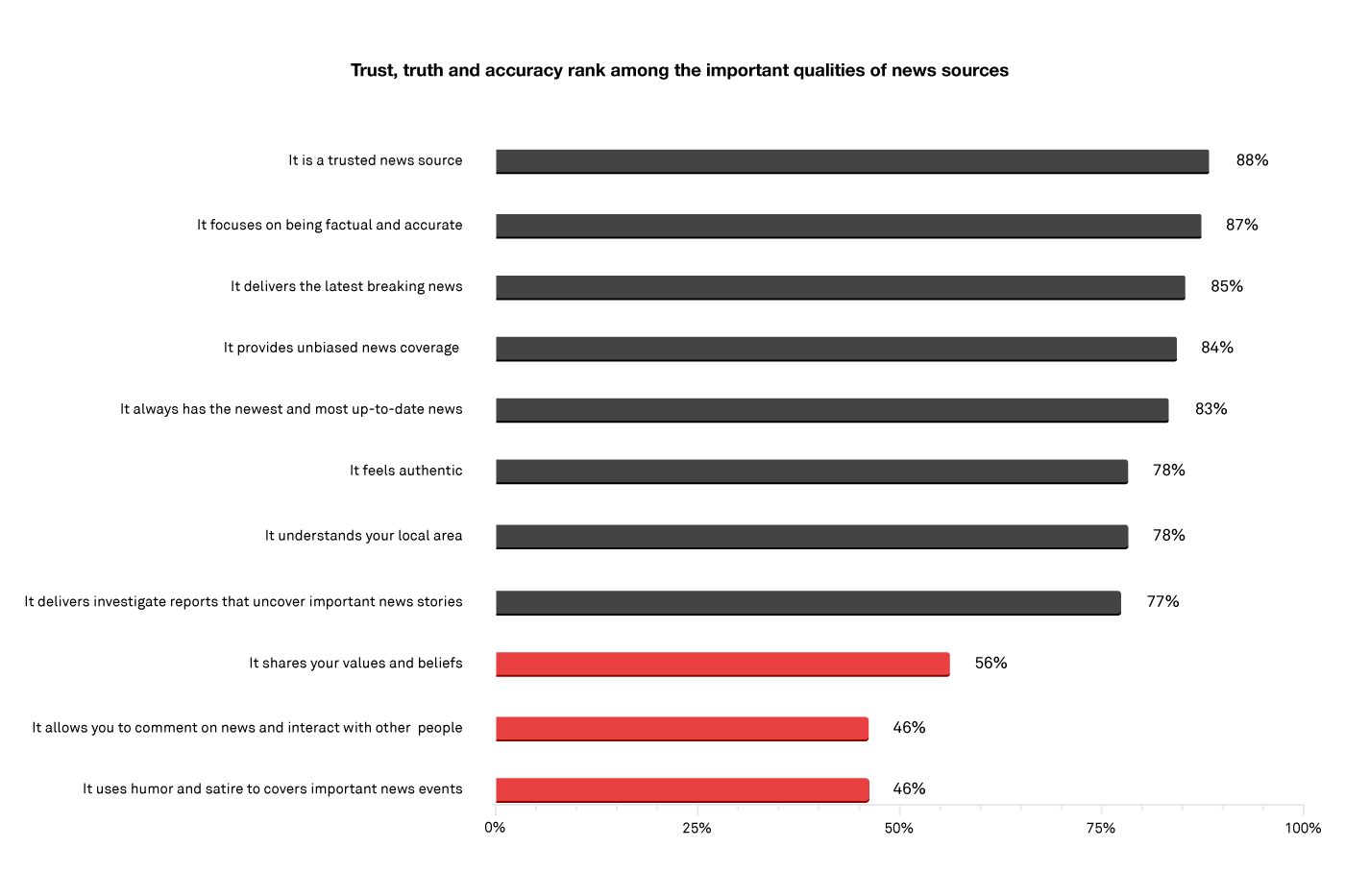Northeastern professors are trying to get local TV news to improve 2020 election coverage

The 2016 presidential election has cast a long shadow over journalism. It spawned the term “fake news,” and revealed the fallibility of the breathless horse-race election coverage that tracks who’s ahead in the polls but lacks detailed analysis of candidates’ policy positions.
Journalists (and the public at large) criticized the way news outlets covered the 2016 election, and sought to fix coverage problems for 2020. But for all this hand-wringing, the solution in 2020 could be deceptively simple, say two journalism professors at Northeastern: Improve local TV news.
“The 2016 election was characterized by rampant misinformation,” says John Wihbey, an assistant professor of journalism and media innovation at Northeastern. “The 2020 election will be a great litmus test of whether we can do better as a country, and that effort could be substantially aided by local TV stations upping their game.”
Wihbey and Mike Beaudet, a professor of the practice at Northeastern and an investigative reporter with 25 years of experience in TV news, suggest that local TV news stations devote more airtime to a serious discussion of big national issues, including policy reform, healthcare, and the economy.
“It’s a real opportunity for stations to inform their viewers by covering the issues that matter to Americans,” Beaudet says.
In a news climate that’s dominated by free access to social media and online storytelling, TV news stations face a unique problem, the researchers say.
Wihbey and Beaudet argue that local TV news stations have struggled to figure out which stories to tell and how to tell them.
“The style and substance of traditional local television news stand at odds with the emerging practices and sensibilities of [news produced exclusively online], the kind that is often preferred by younger audiences on web platforms,” they write in a report published Feb. 12 by The Shorenstein Center on Media, Politics and Public Policy.
To figure out how local stations can win back some of the audience lost to online sources of news, Beaudet and Wihbey conducted an experiment.
First, they examined hundreds of hours of local TV newscasts to look for new, creative storytelling methods. They didn’t find much.
“We searched for signs of innovation during our review and found that most local television news operations are sticking to a traditional format, a recipe that’s been around for decades. News, weather, sports, and a dash of anchor happy talk. Wash, rinse, repeat,” they write in their report. Flip among any combination of local TV broadcasts at 6 p.m., they say, and you’ll find the same stories, told largely the same way, on every channel.
In order to survive, TV news stations have to get more creative than that, Wihbey and Beaudet say.
So, the researchers formed partnerships with six television stations in markets of various sizes across the country, and got access to stories that those stations had produced. Beaudet, Wihbey, and a team of Northeastern students then “remixed” 12 of those stories in an effort to make them more engaging.
They added music, animation, sound effects, and historical footage to provide context. Then they showed different versions of these remixed stories to more than 600 people across the country to see which version they liked best.
“We found that the remixes worked really well with hard news stories,” Beaudet said, using an industry term for time-sensitive news that’s reported immediately, such as stories related to politics, the economy, or crime.
The researchers suggest that local TV news stations use these production techniques to cover the 2020 election, which should focus on hard news rather than the scandal du jour.
“Taking an innovative approach to storytelling, TV affiliates can help localize federal policy and big campaign issues in ways that no national outlet can, making everything from tax policy to immigration, sea-level rise to small business regulations, more relevant to specific communities,” they report.

Local TV stations are better equipped than online news startups to inform the communities they cover, because they already have the audience. Most Americans still get their news from television, and it’s the news source people trust the most, according to polls conducted by the Pew Research Center.
“Local news stations, which are in many cases already the most trusted sources of news for people, could step it up in 2020,” Beaudet said.
For media inquiries, please contact Mike Woeste at m.woeste@northeastern.edu or 617-373-5718.





